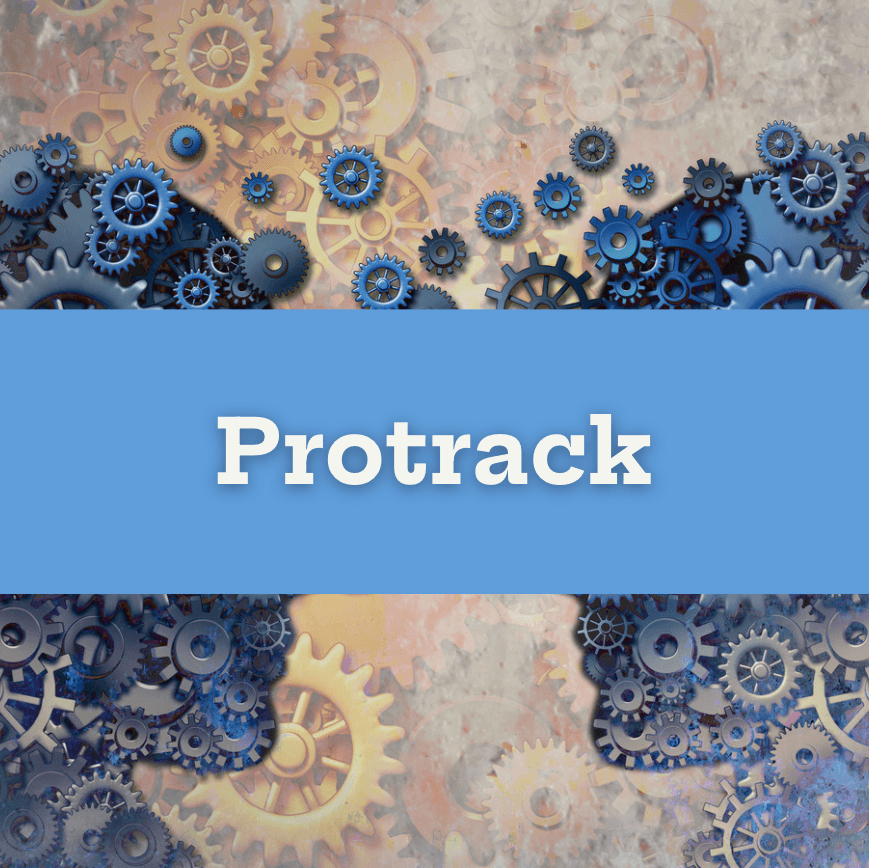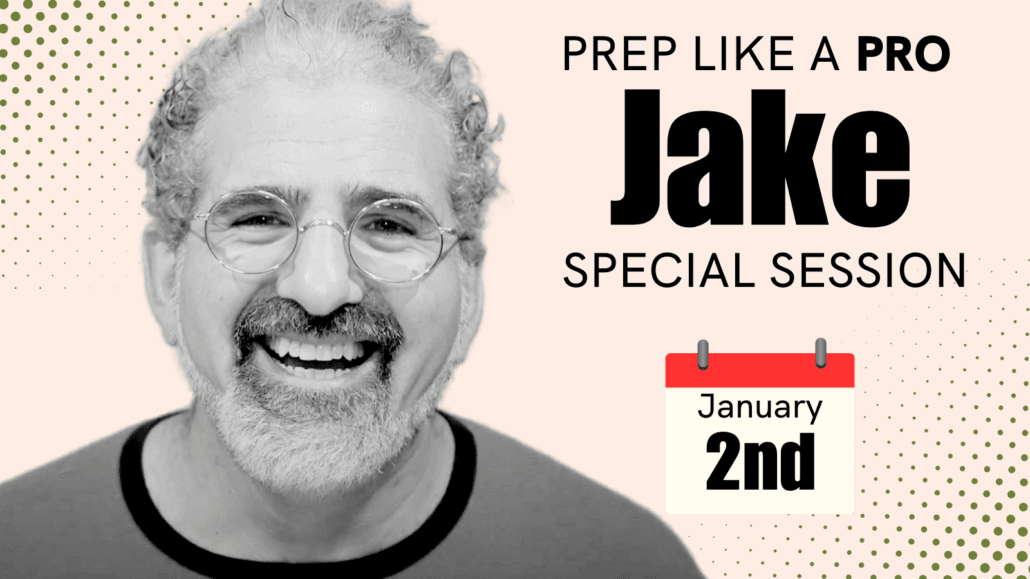EXCERPT:
“There’s a beautiful exchange about 10 minutes into A Complete Unknown. Bob Dylan has just gone to see Woody Guthrie at the hospital. He’s met Pete Seeger, played by Edward Norton Pete has taken him home, taken him under his wing. They have the following exchange about folk music:
Pete Seeger: A good song doesn’t need frills to do the job, drums, electrified guitars.
Bob Dylan: Sometimes they sound good.
Pete Seeger: They make an empty song sound full.
This exchange captures the fundamental conflict between Pete and Bob that is going to form the structure of the biopic: the conflict about Bob going electric and leaving folk music behind.
But what’s even more interesting is that this exchange encapsulates the way that Jay Cocks and James Mangold are going to build the film, and distinguish it from other biopics.
One of the beautiful things about this script and James Mangold’s direction is that the movie is made without any of the “frills” that we’re used to in typical Hollywood movies, especially biopics with this level of cast and this kind of budget. The film lets the songs do most of the work. Most of this movie is literally just Bob Dylan or Joan Baez or Pete Seeger singing.
In this way, A Complete Unknown is actually built like a musical. Almost all the structure happens inside the music, with the bare minimum of dialogue, the bare minimum of non-musical writing possible.
A Complete Unknown depends on the power of the actors to communicate the structure and the journey and what’s happening between them.
To write a script that succeeds in this way is so hard. You have to be so incredibly efficient to make a script work without any of the “frills,” to make a script feel like a journey and an A to Z change for a character while mostly just showing musical performance.
In this episode, we’re going to talk about how Jay Cocks and James Mangold pulled this off in the screenplay for A Complete Unknown, and how to apply these lessons to your own writing and your own true life adaptations, as well as:
- Script Analysis for A Complete Unknown
- How to find structure when writing a biopic
- How to develop more efficiency in your screenwriting
- What’s true and what’s fiction in A Complete Unknown (and why do biopic writers fictionalize?)
- Composite characters and their role in biopics
- How to adapt a true life story or a book about a true life story
- Creating compelling relationship dynamics through dialectical structure
- Writing for A-List Actors: creating meat character roles
- Adaptation techniques: compressing true life stories into 2 hour films
- Hot relationships in screenplay structure
- Dialectical Screenwriting Structure
- How to dramatize your character’s internal journey
- And much more!

Join Jake for free every Thursday night at Thursday Night Writes, RSVP here and check all of our classes!










